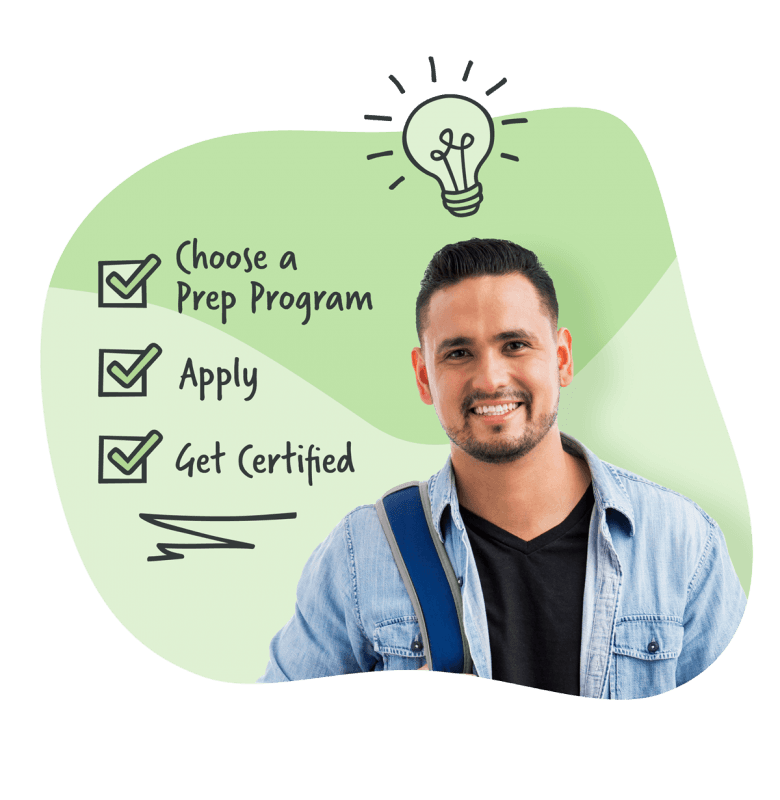As part of a dynamic professional workforce, teachers help shape lives and strengthen communities. If you’re ready to bring your creativity and passion to work, we’ll help you find the path to the classroom that’s right for you!

To teach in a public school, you’ll need to get a teaching certificate or license. It's a good idea to review certification requirements up front, so you can figure out your next steps.

There are a ton of great teaching programs out there, and it can be hard to know what to look for. We can help with that! Take a look at our criteria to help you choose the right fit.

Program applications have a lot of steps. Luckily, we've got advice for all your application needs, including how to write your personal statement, ask for a letter of recommendation and more.

When you're choosing a program, it's understandable to have an eye on finances. We'll guide you through some common financial aid lingo, plus help you get started with finding the right resources.
Check out how-to articles and expert stories about teaching and applying to programs.
From the classroom to the boardroom, a teaching career can take you far.
Read our deep dive about certification programs and pathways.
There are many pathways to becoming a teacher, whether you're an undergrad, school staff member or changing careers. Wherever you're starting, we'll walk you through the process, step-by-step.
